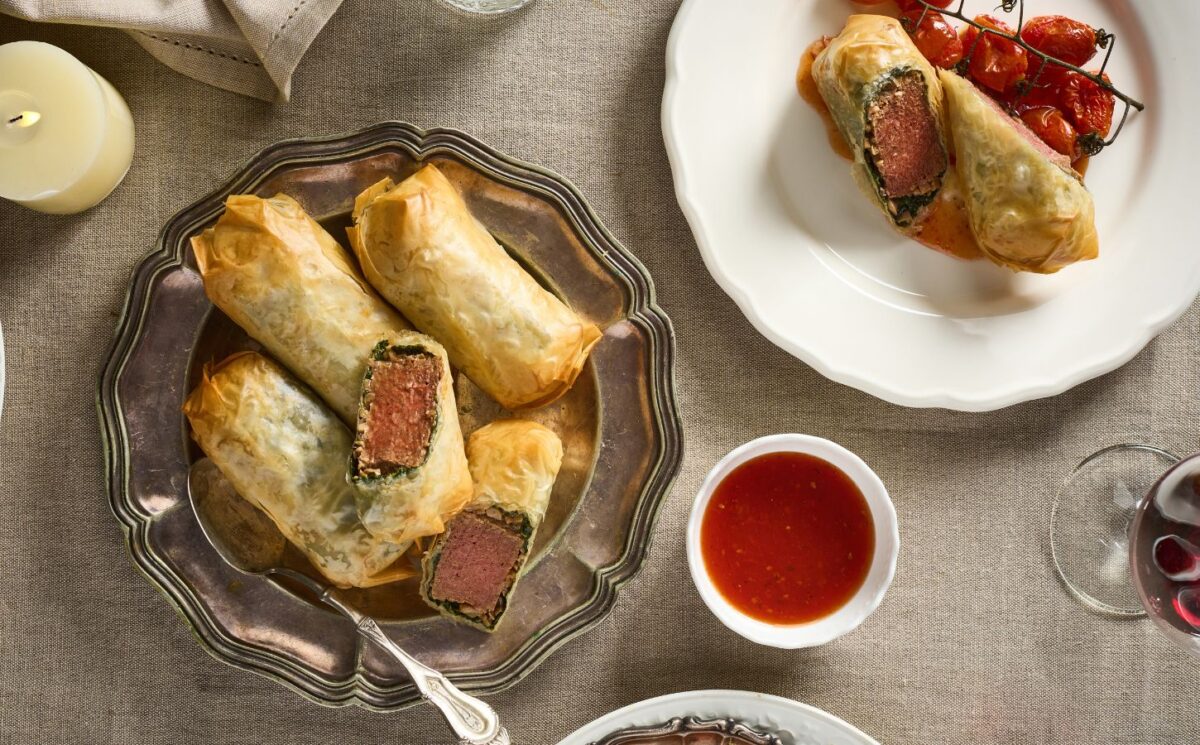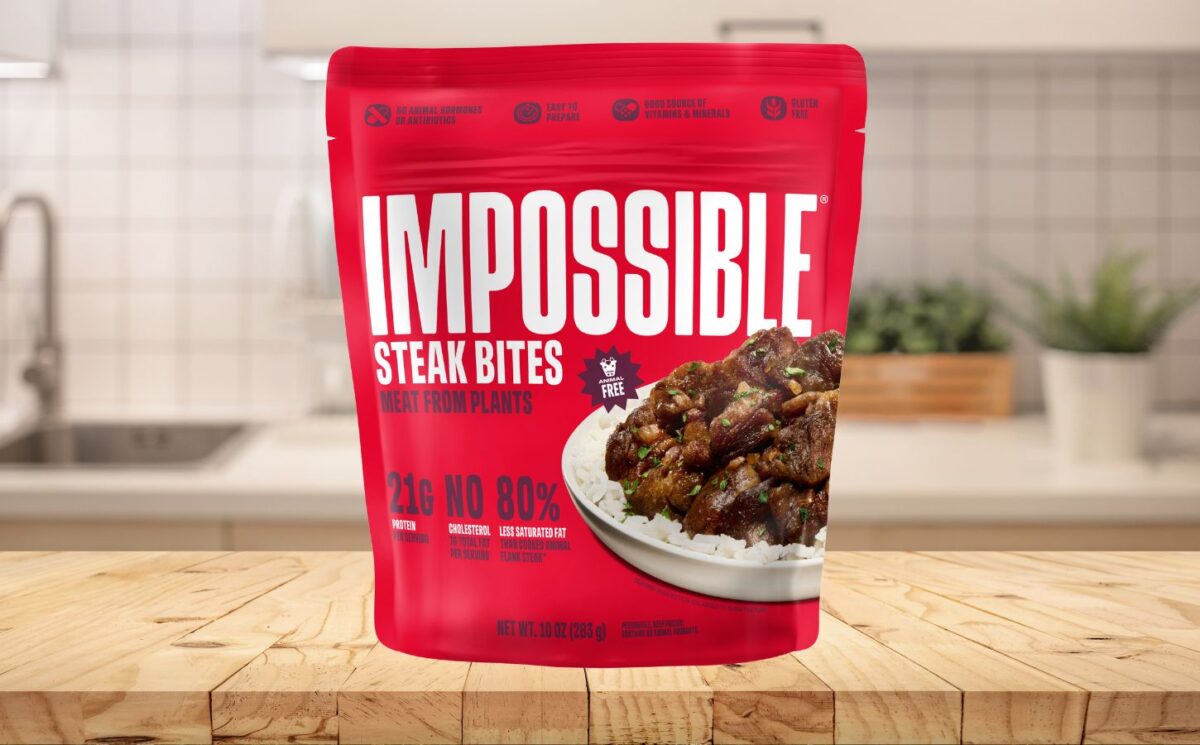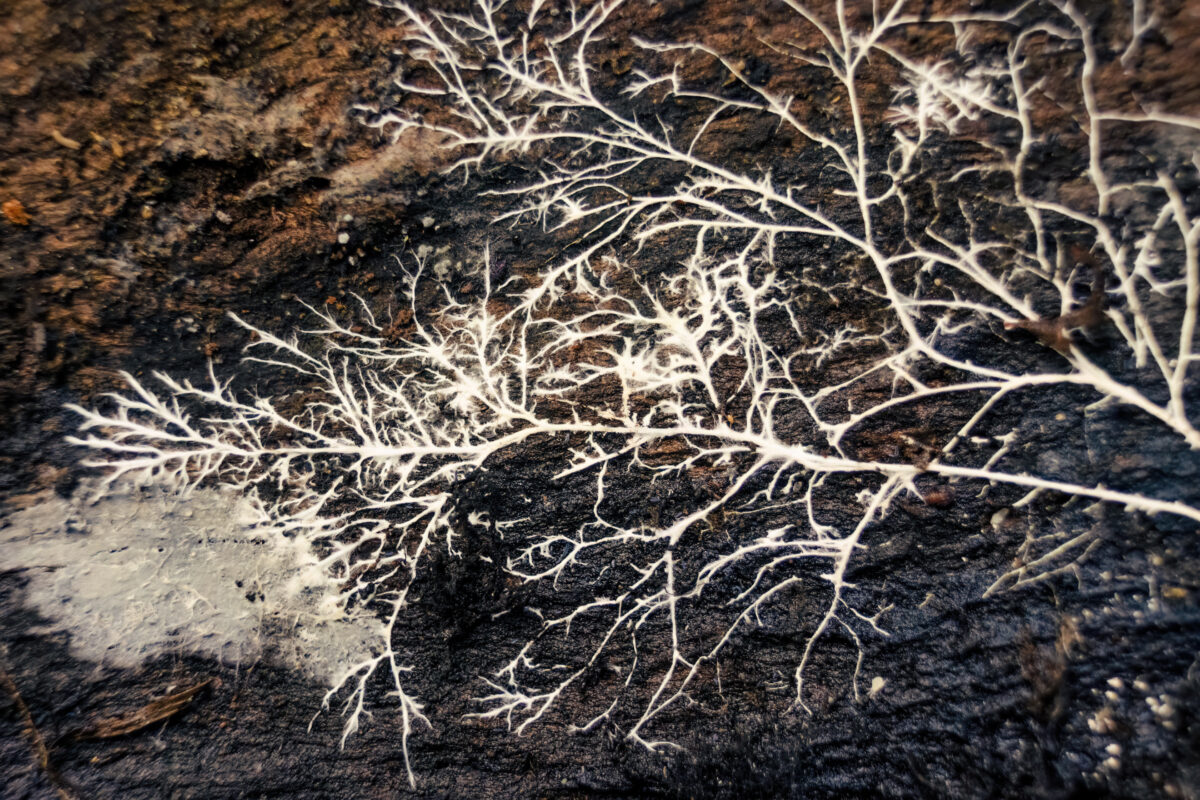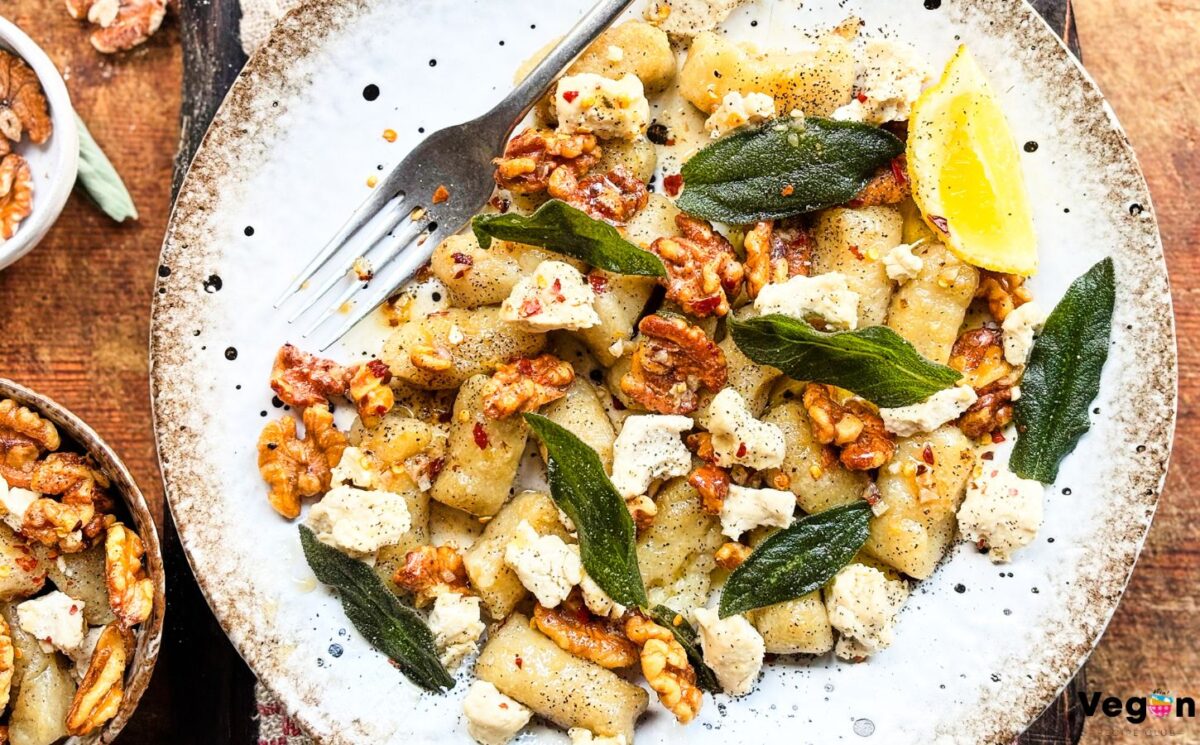Obesity Risk Factors
What are the associated obesity risk factors? For all life on the planet Earth, except for us, food is not a choice.
Milos Pokimica
Written By: Milos Pokimica
Medically Reviewed by: Dr. Xiùying Wáng, M.D.
Updated June 9, 2023The obesity epidemic.
What are the associated obesity risk factors? Animals eat impulsively because they are conditioned to do it for survival. For all life on the planet Earth, food is not a choice. It is a daytime job of survival. The hardest thing for an animal in the wilderness is to gain weight. There is no overabundance in nature because as soon as there is, the number of animals will increase and the new balance will be achieved. This will again create a situation of constant hunger.
However, in a modern technologically driven society, there is no scarcity. This is the reason why the hardest thing for us is to diet. For most of our evolution, we were slim in a state of constant hunger as any other animal. This was the case for all of our ancestor species and that means the time period of 50 million years. The obesity epidemic today is a maladaptation that is caused by the overabundance of food. This is the new normal and the old normal of dying from starvation is a thing of the ancient past. The problem is that ”ancient” is not really ancient in evolutionary terms. Evolution works for millions of years. The obesity epidemic is therefore more than just a cosmetic issue. It is a health issue that we have to cope with and as a consequence, we will have risk factors that will be associated with it. Being overweight is not a cultural acceptance issue it is a health issue that will never be going to go away.
What are the associated obesity risk factors? The body fat percentage (BFP) measures the total fat that you have. Body mass index measures total mass depending on tallness and are different from Body fat percentage. If we have greater muscle mass or larger bones, we will have a higher BMI, so it tells us nothing about fat percentage.
For example, there is the so-called “skinny fat” body type, where you have a high BMI and high BFP or in other words, you are obese and at the same time, you have low muscle mass. Or you can have a high BMI and low BFP like bodybuilders do. Body fat percentage in the leanest athletes is typically at levels of about 6–13% for men or 14–20% for women, this means full six-pack abs and a general shredded look.
Also, there is something called visceral fat, and that is fat that we cannot see. The fat we may be capable of touching on our arms and legs is subcutaneous fat. This internal visceral fat encloses essential organs like the liver, heart, and kidneys and is called organ fat, intra-abdominal fat, or visceral fat. When you are overweight you have more fat inside than you might think. In essence, if we are obese we will have more fat inside than outside. A growing belly can be the result of both types of fat.
Carrying a large quantity of visceral fat is associated with stroke, heart disease, insulin resistance, osteoarthritis, gout, sleep apnea, asthma, breast cancer, and colorectal cancer. Individuals with a body mass index (BMI) of 30 or higher are considered obese. The term obesity is used to describe individuals who have a weight that can start to cause them health problems and is significantly above their ideal healthy weight. The term morbid obesity is used for individuals that have problems in their regular daily activities due to excessive weight gain. It is a form of disability. Nearly 70% of American adults are either overweight or obese.
Excess weight may increase the risk for many health problems, including:
- Type 2 diabetes
- High blood pressure
- Heart disease and strokes
- Certain types of cancer
- Sleep apnea
- Osteoarthritis
- Fatty liver disease
- Kidney disease
- Pregnancy problems (high blood sugar, high blood pressure)
When we talk about risk factors associated with obesity we mean only the diseases that exercise weight is going to create just by itself. In reality, the situation is very different because people that are obese usually at the same time have a very unhealthy diet. It is possible to gain a lot of weight on a nutritionally optimized whole food diet but in reality, extracted sugar and fat and other refined products make a big chunk of calories that creates the excessive caloric intake in the first place.
Having excessive weight in a more realistic condition also means having high cholesterol, high saturated fat, low mineral, low vitamin, low phytochemical and antioxidant, and high pro-inflammatory nutrient-deprived diet. Most of the people that read this will have a hard time understanding that we have in reality a situation where most obese people are also malnourished at the same time. In nutrition, there is a term “junk food” or “empty calorie”. It is similar to the “skinny fat” phenomenon.
Nutrition deficiency affects most of the population at the same time when the population is overweight. Nutritional deficiencies are a wide topic, especially because the land that is used to produce food is depleted and which means that crops will be depleted and that means that animal feed will be deleted. On top of that food is refined and the end result is hypercaloric addictive food filled with calories and nothing much else. In situations where obese people want to go on a calorie-restricted diet and are already malnourished and deficient in most of the essential and non-essential nutrients, we could have a situation that will create a wide range of diseases and all of that diseases will not be directly correlated to obesity but in a sense they are. Eating organic food has much less to do with pesticide residues or with genetically modified organisms but much more to do with low quality eroded land where these food are grown. In organic farming using synthetic fertilizers is forbidden.
Heart disease and stroke.
Besides carrying large amounts of visceral fat hypercaloric diet also in practice means a higher load of nutrients that our body is also not adapted well to metabolizing. A good example of this is cholesterol. In herbivore species, because they do not eat meat the cholesterol is produced by the liver and they do not need to eat it for their entire life. But when we start to overeat then our body will not be able to metabolize it and that will create additional deposits on blood vessels that will create an increase in risk factors from cardiovascular disease. Obesity on top of that independently just by weight creates increasing pressure on the heart muscle. The increased pressure and all of the cholesterol deposits then create pressure in small or for that measure even larger blood vessels that can be clogged. This will then lower the blood flow and as a response body will increase pressure to increase flow or some of the organs can be left without blood supply. An increase in pressure and deposited fat on the lining and inflammation then can lead to cascading bad effects. Stroke for example is the same disease as a heart attack with a different outcome. Obesity will create a higher risk of stroke. There are actually two main types of stroke, ischemic stroke, and hemorrhagic stroke. In the first one, there will be clogging of the artery and in another type, the artery will burst open. Both of them are associated with obesity.
Excess estrogen, low testosterone, and low growth hormone.
Adipose tissue is not a dead organ that sits there and does nothing. It is actually an active organ that has enzymes and is metabolically active. For example, fat cells have enzymes that will metabolize testosterone into estrogen. The enzyme is called aromatase. In breast cancer or in bodybuilding for example one of the goals is to reduce estrogen by blocking its conversion from testosterone by taking aromatase inhibitors. Testosterone is produced at the first instance and only then this enzyme changes it to estrogen. Both are very important hormones and the body needs them both. Unnaturally high levels of fat deposits will create an unnatural level of estrogen and will lower testosterone and that will have cascading effects on the rest of the body (Ylli, 2022).
It is a condition known as hypogonadism (low testosterone) and it usually comes with old age. One of the longevity treatments for the elderly is something known as testosterone replacement therapy which puts the testosterone levels in the elderly in a range of young adults. This can help with muscle wasting, libido, energy and motivation, bone density, and so on. Having low testosterone for both genders is something everyone will want to avoid.
One of the effects will be an increased risk of cancers that are estrogen-responsive such as breast cancer (Picon-Ruiz et al., 2017).
Also, higher estrogen has a wide range of cascading bad effects for itself. One would be polycystic ovarian syndrome. Having disrupted and out of balance levels of androgenic hormones is not just a question of having acne or bodybuilding. It is a serious health issue that affects the quality of life and can create serious diseases.
Disruption in androgenic hormones will also increase infertility (Pasquali et al., 2007). Obesity is associated with subfertility and more than 40% of women seeking obesity surgery do that primarily because they want to have a baby. Infertility in obese patients is correlated to androgen hormone excess on top of insulin resistance (King et al., 2013).
Fat tissue will also suppress the production of growth hormone (Scacchi et al., 1999). Growth hormone deficiency influences a person’s height and helps build bone and muscle. The growth hormone also affects metabolism (the rate at which we burn kilojoules for energy) and will burn fat at a higher rate. One of the strategies of professional athletes is to take a growth hormone to burn fat and build muscle. As for longevity treatment in the elderly, it can also help with a wide range of issues just by itself. A low level of growth hormone can cause a decrease in muscle mass and strength, very low energy levels, reduced bone density, elevated triglyceride levels, and cholesterol, it will affect collagen production and will create dry and thin skin and balding, anxiety and depression, decrease in sexual function.
Fatty liver disease.
Obesity is associated with a spectrum of liver abnormalities, known as nonalcoholic fatty liver disease (NAFLD). Most NAFLD patients are asymptomatic on clinical presentation, even though some may present fatigue, dyspepsia, and dull pain, a general feeling of being unwell and vague discomfort. Treatment for NAFLD involves weight reduction through lifestyle modifications, anti-obesity medication, and bariatric surgery. It is estimated that 75% of obese individuals are at risk of developing a simple fatty liver. A simple fatty liver is far from a “simple” condition. Up to 23% of obese individuals are at risk of developing fatty liver with inflammation. Almost 10% of children may have NAFLD, due in large part to an alarming increase in childhood obesity. In morbidly obese individuals number is 95%. In the picture, you can see how fat goes internally into the cells of the organs. The liver is swollen due to exercise fat intake. In this case, it is done deliberately by force-feeding with a tube. The practice is known as gavage.
There is also a “spillover” effect where fat cells after a point could not keep all the fat inside them and the fat leeches out to the bloodstream (Almandoz et al., 2013). Fat will then interfere with insulin signaling inside the cells and will increase the resistance of the cells to insulin creating diabetes type 2. Higher blood sugar levels will also suppress growth hormones (Møller et al., 1991). Lipotoxicity also at the same time has the ability to directly kill insulin-producing cells in the pancreas and increase the risk of diabetes type 1 (Engin, 2017).
Joint problems (osteoarthritis).

Unlike muscle tissue, the cartage is unable to adapt to the ever-increasing load of weight to the same extent. Cartilage cannot grow to become more resilient because in that case the movement would be obstructed. The consequence is that when we have an ever-larger increase in weight gain that is not congruent with our evolution there is a line where the joints are going to take severe damage in time (King et al., 2013). Obese people will have higher pressure on cartilage and it will wear down over time. There is no difference between being forced to carry bags of cement or being forced to carry excessive fat tissue. There will be physical damage. Then when cartage wears down the inflammation will start or in other words osteoarthritis. Symptoms will include pain, tenderness, swelling, stiffness, grating sensation, and loss of flexibility. This is on top of the loss of flexibility that just excessive weight will cause. In cases of morbid obesity, some people are unable to leave the bad and are unable to stand on their own and this is because of weight on top of any issues that might exist due to arthritis. Osteoarthritis is not an autoimmune disease like rheumatoid arthritis and it is caused just by physical damage to the joints. It is the most common form of arthritis. And it is a “one-way street”.
Sleep apnea.

Excessive pressure will also put a lot of strain on muscle tissue that is responsible for breathing and at the same time will obstruct breathing pathways. The narrowest part of that pathway is in the back of our throat and while we are awake that pathway is relatively open. But when we go to sleep the muscles relax and excessive weight will put pressure on them. That will cause closing by narrowing of the opening. This will interrupt breathing and will lower our oxygen intake basically this is a form of suffocation. This can cause not just snoring but interrupted sleep patterns, cardiovascular disease, and premature death. Especially if there is a combination with some other disease that causes swelling like allergies for example or smoking or taking sedatives. Most of the people that are obese have this to some extent and the real problem is that a big chunk of people will have this for a long time before they realize that they have it. When you’re awake, muscles keep. But when you sleep, those muscles relax, allowing the opening to narrow. In Western countries prevalence is estimated at around 2% of women and 4% of men (Schwartz et al., 2008).
Kidney disease.
Why weight gain affects kidneys is largely unknown. There are theories but so far there is no clear answer. It might be a consequence of increased inflammation and oxidative stress, insulin resistance, and hypertension (Kovesdy et al., 2017). As fat goes everywhere it will go to the kidney as well and will create damage by raising inflammation. It is known as a fatty kidney (Foster et al., 1979). The problem with kidneys is that unlike the liver they cannot regenerate themselves. Once the damage is done it will remain for the rest of the life. Having excessive weight will increase the damage and losing weight afterward will not reverse the damage that has already been done. It will also increase the risk of kidney cancer.
Obesity also creates inflammation in the body as a general rule. This means that if we are obese we will have to take a much higher level of antioxidant-rich anti-inflammatory food than someone who is not because we will have a higher level of chronic inflammation that will have a cascading effect and none of them are good. From cancer risk to cardiovascular risk. When inflammation rises the response of the body will be to increase cortisol production by the adrenal glands as it is the main anti-inflammatory hormone of the body. But then that can create high cortisol levels or in other words Cushing’s syndrome. Cortisol is also a stress hormone that puts the body in flight or fight mode and is correlated to different conditions from insomnia, anxiety, and also it is a catabolic hormone that will catabolize muscle mass.
By now you understand that this is just the list of diseases that are directly associated with just excessive weight gain. In real life, this list should be widened because most people that are obese are not on the whole food plant-based nutrient-rich anti-inflammatory, antioxidant-rich, nutrient-dense diet.
References:
- Ylli, D. (2022, September 6). Endocrine Changes in Obesity. Endotext – NCBI Bookshelf. https://www.ncbi.nlm.nih.gov/books/NBK279053/
- Picon-Ruiz, M., Morata-Tarifa, C., Valle-Goffin, J. J., Friedman, E. R., & Slingerland, J. M. (2017). Obesity and adverse breast cancer risk and outcome: Mechanistic insights and strategies for intervention. CA: a cancer journal for clinicians, 67(5), 378–397. https://doi.org/10.3322/caac.21405
- King, L. K., March, L., & Anandacoomarasamy, A. (2013). Obesity & osteoarthritis. The Indian journal of medical research, 138(2), 185–193.[PuMed]
- Scacchi, M., Pincelli, A. I., & Cavagnini, F. (1999). Growth hormone in obesity. International journal of obesity and related metabolic disorders : journal of the International Association for the Study of Obesity, 23(3), 260–271. https://doi.org/10.1038/sj.ijo.0800807
- Almandoz, J. P., Singh, E., Howell, L. A., Grothe, K., Vlazny, D. T., Smailovic, A., Irving, B. A., Nelson, R. H., & Miles, J. M. (2013). Spillover of Fatty acids during dietary fat storage in type 2 diabetes: relationship to body fat depots and effects of weight loss. Diabetes, 62(6), 1897–1903. https://doi.org/10.2337/db12-1407
- Møller, N., Jørgensen, J. O., Abildgård, N., Orskov, L., Schmitz, O., & Christiansen, J. S. (1991). Effects of growth hormone on glucose metabolism. Hormone research, 36 Suppl 1, 32–35.[PubMed]
- Engin A. B. (2017). What Is Lipotoxicity?. Advances in experimental medicine and biology, 960, 197–220. https://doi.org/10.1007/978-3-319-48382-5_8
- King, L. K., March, L., & Anandacoomarasamy, A. (2013). Obesity & osteoarthritis. The Indian journal of medical research, 138(2), 185–193.[PubMed]
- Schwartz, A. R., Patil, S. P., Laffan, A. M., Polotsky, V., Schneider, H., & Smith, P. L. (2008). Obesity and obstructive sleep apnea: pathogenic mechanisms and therapeutic approaches. Proceedings of the American Thoracic Society, 5(2), 185–192. https://doi.org/10.1513/pats.200708-137MG
- Kovesdy, C. P., Furth, S. L., Zoccali, C., & World Kidney Day Steering Committee (2017). Obesity and Kidney Disease: Hidden Consequences of the Epidemic. Canadian journal of kidney health and disease, 4, 2054358117698669. https://doi.org/10.1177/2054358117698669
- Foster, M. C., Hwang, S. J., Porter, S. A., Massaro, J. M., Hoffmann, U., & Fox, C. S. (2011). Fatty kidney, hypertension, and chronic kidney disease: the Framingham Heart Study. Hypertension (Dallas, Tex. : 1979), 58(5), 784–790. https://doi.org/10.1161/HYPERTENSIONAHA.111.175315
- Abraham, S. B., Rubino, D., Sinaii, N., Ramsey, S., & Nieman, L. K. (2013). Cortisol, obesity, and the metabolic syndrome: a cross-sectional study of obese subjects and review of the literature. Obesity (Silver Spring, Md.), 21(1), E105–E117. https://doi.org/10.1002/oby.20083
- Pasquali, R., Patton, L., & Gambineri, A. (2007). Obesity and infertility. Current opinion in endocrinology, diabetes, and obesity, 14(6), 482–487. https://doi.org/10.1097/MED.0b013e3282f1d6cb
- Manrique-Acevedo, C., Chinnakotla, B., Padilla, J., Martinez-Lemus, L. A., & Gozal, D. (2020). Obesity and cardiovascular disease in women. International journal of obesity (2005), 44(6), 1210–1226. https://doi.org/10.1038/s41366-020-0548-0
Related Posts
Do you have any questions about nutrition and health?
I would love to hear from you and answer them in my next post. I appreciate your input and opinion and I look forward to hearing from you soon. I also invite you to follow us on Facebook, Instagram, and Pinterest for more diet, nutrition, and health content. You can leave a comment there and connect with other health enthusiasts, share your tips and experiences, and get support and encouragement from our team and community.
I hope that this post was informative and enjoyable for you and that you are prepared to apply the insights you learned. If you found this post helpful, please share it with your friends and family who might also benefit from it. You never know who might need some guidance and support on their health journey.
– You Might Also Like –

Learn About Nutrition
Milos Pokimica is a doctor of natural medicine, clinical nutritionist, medical health and nutrition writer, and nutritional science advisor. Author of the book series Go Vegan? Review of Science, he also operates the natural health website GoVeganWay.com
Medical Disclaimer
GoVeganWay.com brings you reviews of the latest nutrition and health-related research. The information provided represents the personal opinion of the author and is not intended nor implied to be a substitute for professional medical advice, diagnosis, or treatment. The information provided is for informational purposes only and is not intended to serve as a substitute for the consultation, diagnosis, and/or medical treatment of a qualified physician or healthcare provider.NEVER DISREGARD PROFESSIONAL MEDICAL ADVICE OR DELAY SEEKING MEDICAL TREATMENT BECAUSE OF SOMETHING YOU HAVE READ ON OR ACCESSED THROUGH GoVeganWay.com
NEVER APPLY ANY LIFESTYLE CHANGES OR ANY CHANGES AT ALL AS A CONSEQUENCE OF SOMETHING YOU HAVE READ IN GoVeganWay.com BEFORE CONSULTING LICENCED MEDICAL PRACTITIONER.
In the event of a medical emergency, call a doctor or 911 immediately. GoVeganWay.com does not recommend or endorse any specific groups, organizations, tests, physicians, products, procedures, opinions, or other information that may be mentioned inside.
Editor Picks –
Milos Pokimica is a doctor of natural medicine, clinical nutritionist, medical health and nutrition writer, and nutritional science advisor. Author of the book series Go Vegan? Review of Science, he also operates the natural health website GoVeganWay.com
Latest Articles –
Plant Based News
-
Mini Flank Steak Wellingtons With Tomato And Chili Chutney
on December 12, 2025
-
Impossible Foods Named ‘Best in Business’ For Second Consecutive Year By Inc. Magazine
on December 12, 2025
-
Investors Call On All Major Food Companies To Divest From Animal Products
on December 11, 2025
-
Why Meat and Dairy Raise Cancer Risk, According To Dr Michael Klaper
on December 11, 2025
-
Mushroom Chow Fun
on December 11, 2025
-
Geoff Palmer Wants You To Know About ‘The Most Powerful Longevity Nutrient On The Planet’
on December 10, 2025
-
Homemade Gnocchi With Sage, Walnut & Vegan Blue Cheese
on December 10, 2025
Top Health News — ScienceDaily
- Scientists find dark chocolate ingredient that slows agingon December 12, 2025
Scientists have uncovered a surprising link between dark chocolate and slower aging. A natural cocoa compound called theobromine was found in higher levels among people who appeared biologically younger than their real age.
- Nerve injuries can trigger hidden immune changes throughout the entire bodyon December 12, 2025
Researchers discovered that nerve injuries can alter the immune system throughout the body, and males and females react very differently. Male mice showed strong inflammatory responses, while females showed none, yet both transmitted pain-inducing signals through their blood. These findings reveal previously unknown pathways driving pain, especially in females. The work points toward new opportunities for personalized chronic pain therapies.
- NAD+ supplement shows early promise for long COVID fatigue and brain fogon December 12, 2025
Long COVID still affects people worldwide with stubborn symptoms like fatigue and cognitive issues. A clinical trial tested whether boosting NAD+ using nicotinamide riboside could help. Although overall group differences were limited, many participants showed encouraging improvements after taking NR for at least 10 weeks. The findings suggest NAD+ enhancement may offer symptom relief for some individuals.
- Stressed rats keep returning to cannabis and scientists know whyon December 11, 2025
Rats with naturally high stress levels were far more likely to self-administer cannabis when given access. Behavioral testing showed that baseline stress hormones were the strongest predictor of cannabis-seeking behavior. Lower cognitive flexibility and low endocannabinoid levels also contributed to increased use. The results hint at possible early indicators of vulnerability to drug misuse.
- Even moderate drinking carries a bigger cancer risk than you thinkon December 11, 2025
Researchers found that both how often and how much someone drinks significantly shape their cancer risk, even at moderate levels. Vulnerability varies across groups, with genetics, socioeconomic status, obesity, and lifestyle behaviors amplifying harm. The review also uncovered gender differences, beverage-specific risks, and biological pathways that intensify cancer development.
- Scientists uncover a hidden protein behind deadly mystery diseaseson December 11, 2025
Scientists discovered that the protein RPA plays a critical and previously unconfirmed role in stimulating telomerase to maintain long, healthy telomeres. When RPA malfunctions, telomeres can shorten dangerously, leading to serious diseases.
- Gene-edited CAR-T cells erase aggressive T-cell leukemiaon December 11, 2025
A cutting-edge therapy using base-edited immune cells is offering a major breakthrough for patients with one of the toughest forms of blood cancer, T-cell acute lymphoblastic leukaemia. By precisely rewriting tiny sections of DNA, scientists at UCL and Great Ormond Street Hospital created universal CAR T-cells capable of targeting the cancer without harming themselves—a long-standing challenge in T-cell–based therapies. Early trial results show deep, long-lasting remissions, including in […]
PubMed, #vegan-diet –
- Healthful and Unhealthful Plant-Based Diets and Their Association with Cardiometabolic Targets in Women Diagnosed with Breast Cancer: A Cross-Sectional Analysis of a Lifestyle Trialon December 11, 2025
CONCLUSIONS: Maintaining cardiometabolic risk factors within normal ranges is clinically relevant in BCS, and this may be more likely when a plant-based diet is consumed, especially if low in unhealthy plant foods.
- Dietary and Lifestyle Patterns and Their Associations with Cardiovascular and Inflammatory Biomarkers in Vegans, Vegetarians, Pescatarians, and Omnivores: A Cross-Sectional Studyon December 11, 2025
Background: Plant-based diets are associated with reduced cardiometabolic risk, yet the influence of lifestyle behaviors on these benefits remains insufficiently understood. Objective: To assess the combined impact of dietary patterns and lifestyle behaviors on body composition, lipid profiles, and inflammatory biomarkers in healthy young adults. Methods: In this cross-sectional study, 155 participants aged 18-39 years were categorized into four dietary groups: vegans (n = 48), vegetarians (n […]
- Functional and Nutritional Properties of Lion’s Mane Mushrooms in Oat-Based Desserts for Dysphagia and Healthy Ageingon December 11, 2025
Hericium erinaceus (Lion’s Mane mushroom) is a medicinal species recognised for its neuroprotective and antioxidant properties. This study investigated its potential as a functional ingredient in oat milk-based desserts formulated for individuals with dysphagia. Freeze-dried Lion’s Mane powder (LMP), containing high-quality protein (~16%, amino acid score 88%), dietary fibre (~31%), and phenolic compounds (72.15 mg GAE/g), was incorporated at varying levels using gelatin or iota-carrageenan […]
- “A football team with no midfield”: A qualitative analysis of anti-vegan stigma in Italyon December 7, 2025
A growing body of research has demonstrated the prevalence of unfavourable attitudes towards individuals who adhere to a vegan diet and has provided empirical evidence to support the existence of an anti-vegan ideology. The present study aims to contribute to extant knowledge by examining the social perception of veganism and vegans in Italy. Italy is a nation characterised by a traditional culture of food that serves as a significant catalyst for collective identification and national pride….
- Plant-based dietary index on the Mediterranean and a vegan diet: a secondary analysis of a randomized, cross-over trialon December 5, 2025
CONCLUSION: These findings suggest that, replacing animal products even with the “unhealthful” plant-based foods on a vegan diet was associated with weight loss.
Random Posts –
Featured Posts –

Latest from PubMed, #plant-based diet –
- Bioactive Nutritional Components Within the Planetary Health Diet for Preventing Sarcopenic Obesity and Diabetic Sarcopenia: A Systematic Reviewby Lia Elvina on December 11, 2025
CONCLUSIONS: PHD-aligned foods combining plant proteins, polyphenols, and fermented products strengthen nutrient sensing, mitochondrial efficiency, and cellular resilience, representing a sustainable nutritional framework for preventing and managing SO and DS.
- Ultra-Processed Foods Consumption, Mediterranean Diet Adherence and Sociodemographic Correlates in an Italian Adult Population: The UFO Surveyby Emilia Ruggiero on December 11, 2025
Background: Although national surveys report increasing ultra-processed foods (UPFs) consumption, updated estimates for Italy are lacking. Given the central role of the Mediterranean Diet (MD), understanding how UPFs contribute to the contemporary Italian diet is essential. This study quantified UPF intake in a convenience sample of Italian adults and examined its main sociodemographic correlates, including MD adherence. Methods: A web-based cross-sectional survey was conducted among Italian…
- High-Salt Diets, Intestinal Barrier, and Hypertension: A Mechanistic Review and the Promise of Dietary Therapyby Wenhao Si on December 11, 2025
Hypertension is a major public health problem worldwide, and high-salt diets are one of the main causes of hypertension. The intestinal mucosal immune system is the largest immune organ in vertebrates. Hypertension was associated with increased intestinal permeability and an inflammatory state. The bacterial communities attached to the intestinal mucosa played a significant role in the development and maturation of the autoimmune system, as well as inflammation and immunity to disease. In […]
- Health-Promoting Potential of the Mediterranean Diet and Challenges for Its Application in Aging Populationsby Marta Cianciabella on December 11, 2025
The Mediterranean Diet (MD) is a lifestyle that involves not only dietary habits, well known for their effectiveness in preventing health risks by supplying well-balanced foods rich in bioactive compounds, but also daily habits that improve the quality of life. Older adults represent a segment of the population that can particularly benefit from this dietary pattern. However, the specific characteristics and needs of older individuals require a critical analysis of aspects that may limit…
- Association of Mediterranean Diet Scores with Psychological Distress in Pregnancy: The Japan Environment and Children’s Studyby Yuri Takahashi on December 11, 2025
Background/Objectives: Perinatal mental disorders are important health issues that affect both mothers and their children. The Mediterranean diet (MD) is one of the most well-recognized healthy dietary patterns worldwide. Recent evidence suggests that MD may prevent or reduce the risk of perinatal mental disorders. This study investigated the association between MD adherence during pregnancy and psychological distress in a large cohort of Japanese births. Methods: Data were obtained from […]
- Protective Role of Ginsenoside F1-Enriched Extract (SGB121) in Metabolic Dysfunction-Associated Fatty Liver Disease (MAFLD)by Bo Yoon Chang on December 11, 2025
Introduction/Objectives: Ginsenoside F1, a pharmacologically active saponin derived from Panax ginseng, exhibits diverse bioactivities, but its use is limited because it is difficult to purify and has high production costs. To overcome these challenges, a ginsenoside F1-enriched extract named SGB121 was developed. This study aimed to evaluate the therapeutic efficacy of SGB121 in a high-fat, high-carbohydrate (HFHC) diet-induced metabolic dysfunction-associated fatty liver disease (MAFLD) […]












































